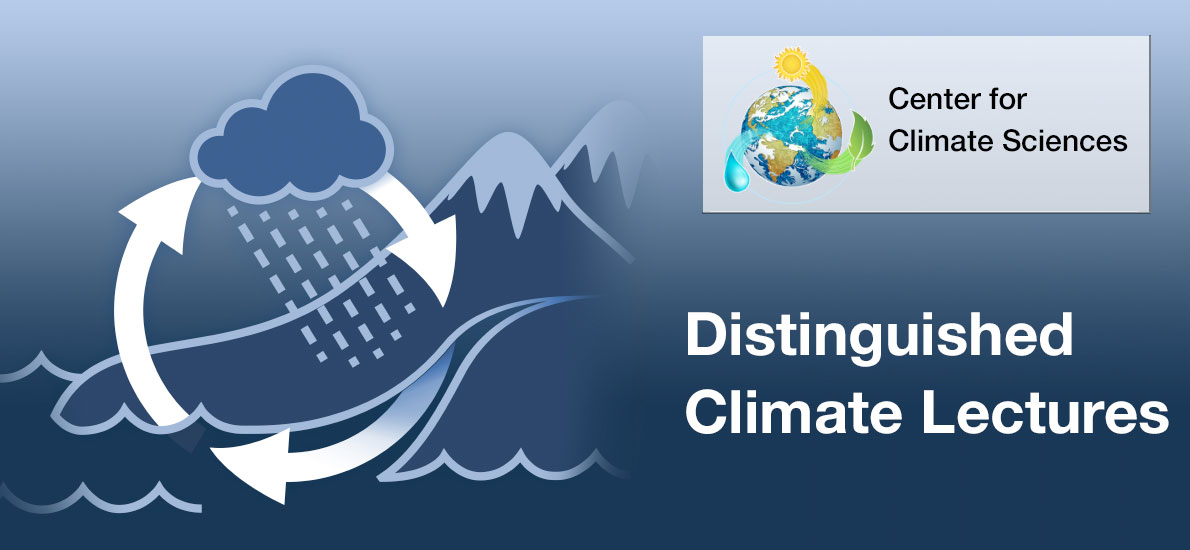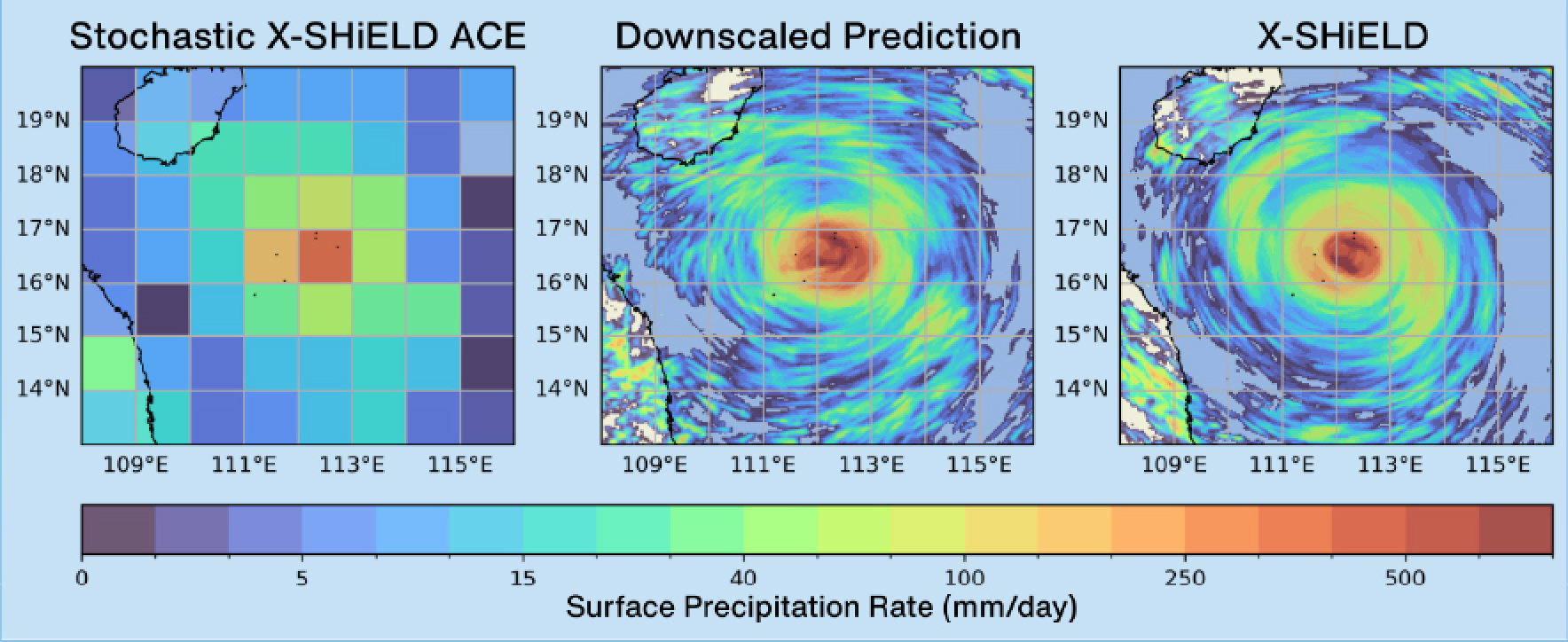Seminars
AI for Climate Modeling: From Present to Future
November 12, 2025
| 180-101 (in person) & Microsoft Teams, 2:00 pm PT

About this Lecture

About

Chris Bretherton directs a climate modeling team at Ai2 in Seattle which uses AI trained on global climate and global storm-resolving model output and observational data to improve climate model simulations. He is an Emeritus Professor of the Atmospheric Science and Applied Mathematics Departments at the University of Washington, where for 35 years he studied cloud formation and turbulence and improved their simulation in atmospheric models. He is an American Meteorological Society Charney Award winner, IPCC author, AMS and AGU Fellow, and a member of the National Academy of Sciences.
